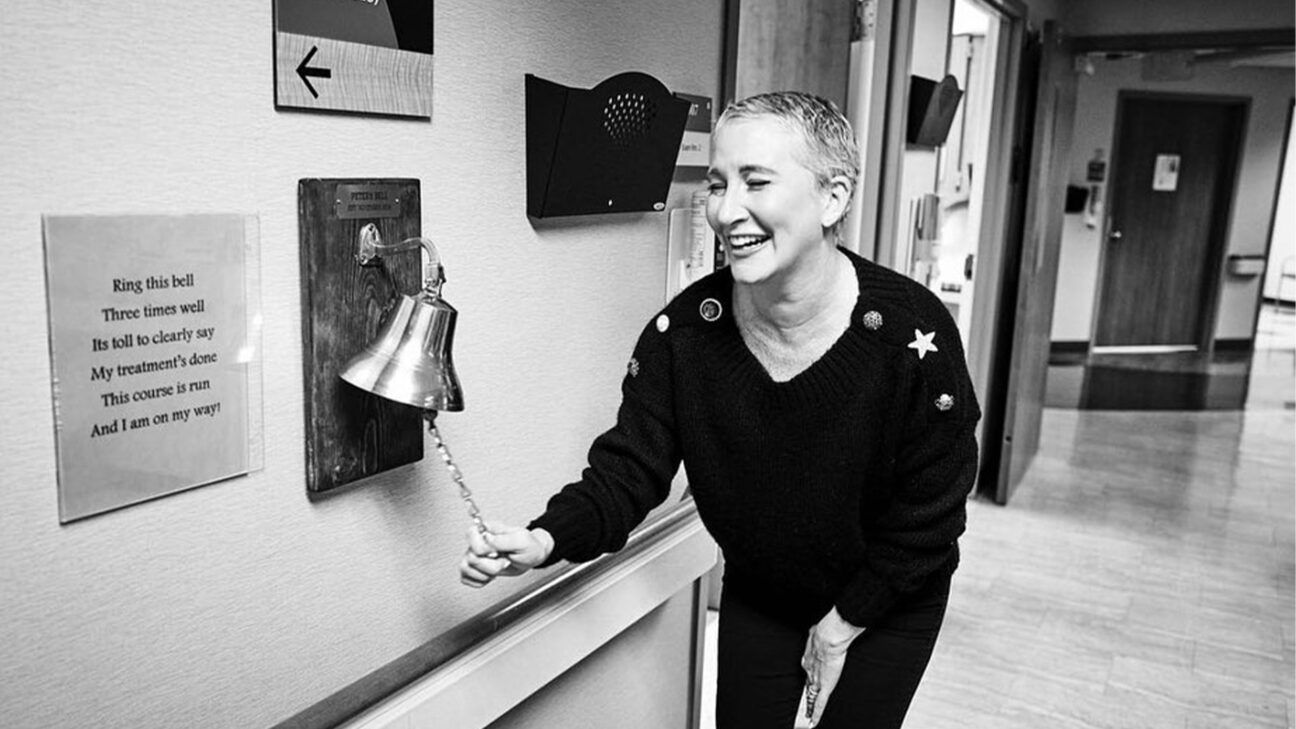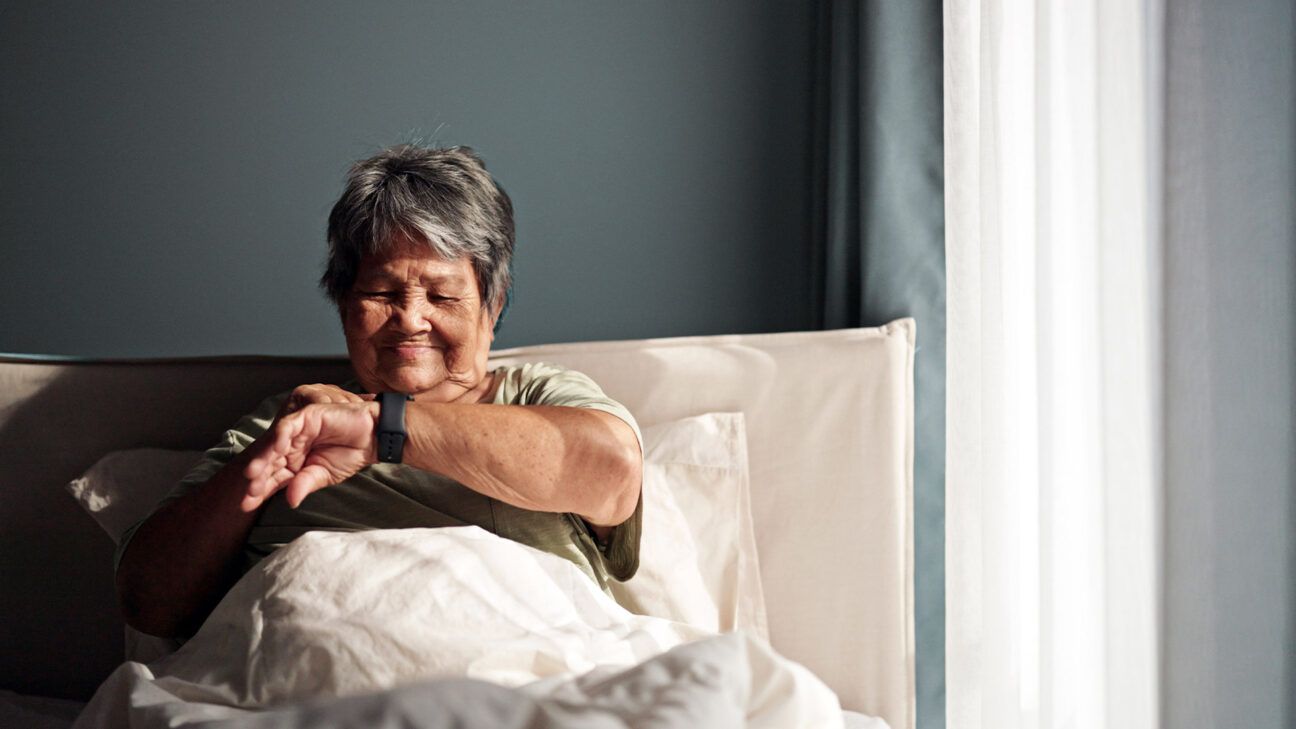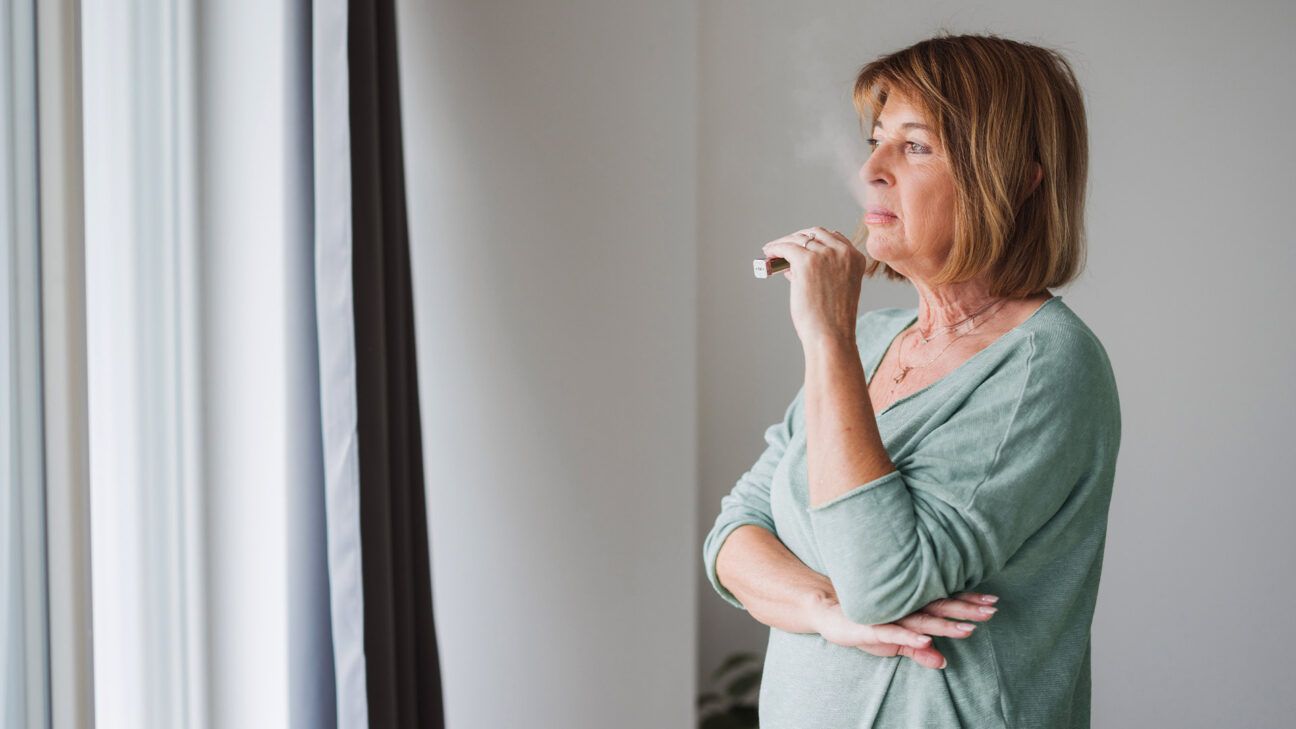Why ‘Get Organized’ Star Clea Shearer Feels ‘Lucky’ After Breast Cancer Treatment

- TV personality Clea Shearer is sharing her journey with breast cancer.
- Shearer talks about how her latest project intersects with her breast cancer experience.
- Advances in breast cancer treatment give new hope for continued progress.
Shortly after her 40th Birthday in February 2022, star of Netflix’s “Get Organized with The Home Edit,” Clea Shearer, found a lump in her breast.
“It all the sudden just hit me that at 40, you’re due for a mammogram, so why wouldn’t this lump potentially be cancerous? What else is it?” she told Healthline.
She called her OB-GYN right away but was told she would have to wait months to get an appointment despite telling them she found a lump and wanted to schedule a mammogram.
“I was like…isn’t a special alarm supposed to go off when someone says they found something? So I called my primary care doctor,” said Shearer.
Her doctor connected her with an oncologist and breast surgeon who scheduled a mammogram and ultrasound, which resulted in an emergency triple biopsy. Two days later, she was diagnosed with stage 2 invasive mammary carcinoma breast cancer, an aggressive form of breast cancer.
“I have early stage, hormone-positive HER2 negative breast cancer with a high risk of reoccurrence,” said Shearer.
She took the right steps for self-advocating, said Margaret Gatti-Mays, MD, co-director of the Division of Medical Oncology at The Ohio State University Comprehensive Cancer Center-Arthur G. James Cancer Hospital and Richard J. Solove Research Institute.
“I always advise my patients that if they develop any new breast symptoms like a new mass, new pain, new skin changes, new dimpling, or new one-sided breast fullness, they should seek medical attention,” she told Healthline. “I feel strongly that women know their bodies. If something isn’t right, speak up. Advocate for yourself.”
Shearer is one of the 1 in 8 women born in the United States who will develop breast cancer at some time during their lives.
Journey to treatment and recovery
Despite the early stage of her cancer, the kind of cancer Shearer has required aggressive treatment.
“Not all stage 2 cancers are the same. Some of them are more aggressive than others, so we put more weight on the type of breast cancer than the staging,” Paul Baron, MD, chief of breast surgery at Northwell Lenox Hill Hospital, told Healthline. “For example, a triple negative cancer in stage 1 may be more aggressive than a stage 2 breast cancer of a different kind.”
Shearer underwent a double mastectomy, surgery for necrosis, and several rounds of chemotherapy, radiation, and hormone therapy, all by November 2022. In June 2024, she had her ovaries removed.
Her doctor also recommended she go on the medication Verzenio in hopes of preventing recurrence. She teamed up with the maker of the medication, Eli Lilly and Company, to help empower others living with breast cancer.
“It’s so important to me not to just beat cancer once but to keep it at bay,” said Shearer. “Anything I can do to keep it from recurring, I absolutely do, so when I was presented with the opportunity to take Verzenio, I leaped at the chance because I honestly consider myself lucky to even have the opportunity to take it.”
However, Baron noted that treatment for breast cancer is unique to each person.
“Whether it would be the biology of the cancer or where the cancer is in the breast is different or the age of the patient (if it’s a premenopausal patient or postmenopausal patient). You need a team to work together to get the best results,” he said.

Advances in breast cancer care bring hope
Advances in breast cancer diagnostics and treatment are on the rise, said Baron. Contrast-enhanced mammography can detect small cancers in the breast, while less aggressive surgery has become the focus once cancer is detected.
“Rather than mastectomy, we are doing more lumpectomy. We take out lymph nodes less and less, so less and less surgeries on the breast and lymph nodes means less issues with cosmesis and lymphedema,” said Baron.
Additionally, he said chemotherapy is more targeted, allowing people to have a higher response rate. In most cases, radiation is now three weeks rather than five or six. In some cases, Baron said people can receive partial breast radiation that requires only five days of treatment.
“So we’re getting the same survival results if not better survival results with less treatment,” he said.
Managing side effects of treatments has also come a long way, said Gatti-Mays.
“As patients live longer with breast cancer, our focus as a field has shifted to not only kill the cancer but also to minimize side effects,” she said.
Advances in breast reconstruction surgery after lumpectomy and mastectomy have also improved.
Because lumpectomies often require radiation afterward, which can cause tightness in the skin, hardening of the tissue, and contour abnormalities in the breast, Dhivya Srinivasa, MD, double board-certified breast reconstructive microsurgeon and founder of The Institute for Advanced Breast Reconstruction, said a recent practice is to combine a lumpectomy with a breast lift or a breast reduction.
“This allows the plastic surgeon to rearrange the tissue for a better cosmetic outcome, even in the setting of radiation,” she told Healthline. “With smaller-breasted women who otherwise would not need a lift or a reduction, the tissue around the lumpectomy can be rearranged to ‘fill the hole,’ essentially bolstering the area to best resist radiation contracture.”
Implants have greatly improved too, she added, as they are made of cohesive silicone gel, so even if the capsule breaks, the silicone does not spill out.
“We have also changed techniques to go above the muscle, or ‘pre pectoral.’ This best mimics the natural breast, which sits on top of the muscle in normal anatomy,” said Srinivasa.
She believes one of the greatest advances in breast reconstruction is microsurgical breast reconstruction. This involves taking tissue from other parts of the body and transplanting it to the chest to create a breast.
“The breast reconstruction is all-natural, feels like a breast, and will last the lifetime of the patient,” Srinivasa said.
How Shearer found new meaning after returning to work
Aside from treatment, Shearer also focuses on self-care, including exercise and writing down her thoughts and feelings. Last year, she began writing a memoir about her journey with cancer.
“It’s been ongoing. I think that it’s really allowed me to…express how I feel and my own lived experience,” said Shearer. “I’m always hesitant to tell people what to do or give specific advice, but through the lens of my own experience, I hope that connects with people and helps them.”
Shearer is co-hosting a reboot of “Extreme Makeover: Home Edition” that will air on ABC-TV next year. During filming, she had the opportunity to work with families facing difficult medical conditions, an experience she said was life-affirming.
“Whenever we encounter a family with a medical diagnosis that I can relate to, it pierces my soul, but it’s such an incredible thing to be able to put your arm around someone and know that you understand what they are going through and they know you understand,” she said. “I think that’s been a real gift.”
While it can be a difficult reminder of her journey at times, she said it is the most rewarding experience she has had.
“Beautiful things are hard,” she said. “It’s not hard in a way that weighs me down, it’s hard in a way that gives me meaning.”








